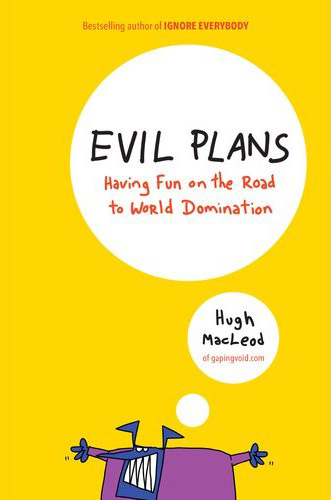The Big 4 Internet Companies
Someone asked me the other day if I could only invest in one of the Big 4 internet companies (Google, Facebook, Amazon and Apple), who would it be? I didn't even hesitate: my answer was Amazon.
Without doing a true valuation analysis (I plan to do one in the coming days), here's my simple reasoning:
Facebook: overvalued due to the hype and enormous amount of un-monetized users; my sense is that with the lack of a coherent, long term revenue strategy the public markets will bring their valuation down to earth a bit when they IPO.
Google: using Warren Buffet's investment thesis of "only invest in what you know", I'm afraid of Google. They're in too many businesses where they haven't been successful, and in too many businesses in general for me to wrap my head around. I don't like to invest in what I don't know. Google now has such a wide array of products that they have a website titled "what do you love?" where you can search any word -- any word -- and they'll come up with a listing of products that serve that word. Try it and you'll see it what I mean. They're in a lot more businesses than many conglomerates (GE is down to thirteen). I'm not saying there isn't upside for Google, but their business is much too difficult for a casual investor to grasp.
Apple: I haven't read the Steve Jobs biography yet but I've read enough excerpts and heard enough interviews about him and it to know that he was the heart and soul of that company. The company succeeded when he started it, crashed when he left and came back like wildfire when he returned. See a post I wrote about his success a while back. Surely his unfortunate passing is built into their share price at this point, but there are certainly enough reasons to believe that Apple's outrageously impressive growth curve may have peaked. And without Jobs at the helm, they're tough to bet on.
Amazon: a fantastic management team with a long, long track record of success competing in a variety of synergistic verticals. Amazon is steadily entering businesses that they are setup perfectly to dominate -- self-publishing being one of the most promising. They've finally smartened up and have reduced the price of the Kindle massively, setting them up nicely to dominate digital media alongside Apple. Amazon is so well run and at the early stages of so many fast growing businesses that I think it's a no-brainier to put my money behind that team.
So there's my very amateur, 100,000 foot view of the Big 4. I'm planning to write a post on valuations (including those of the Big 4) in the coming days so more on this topic soon.



